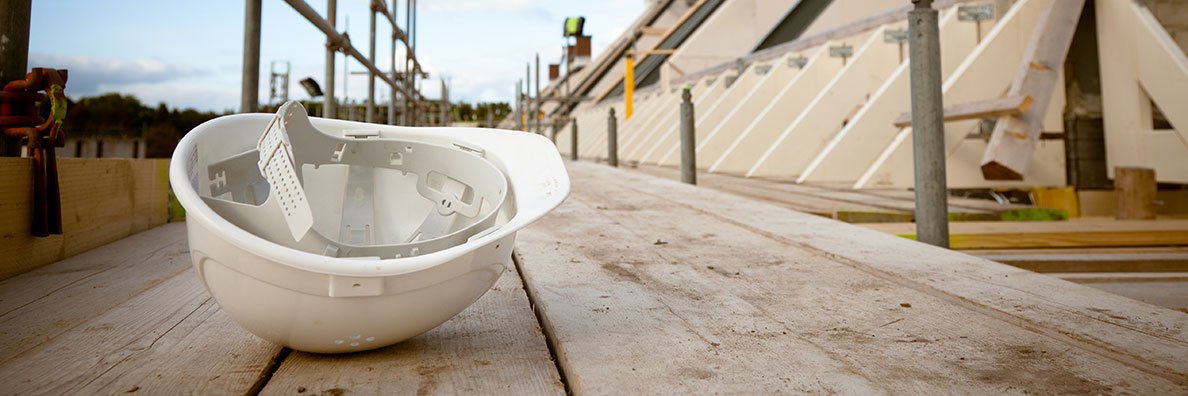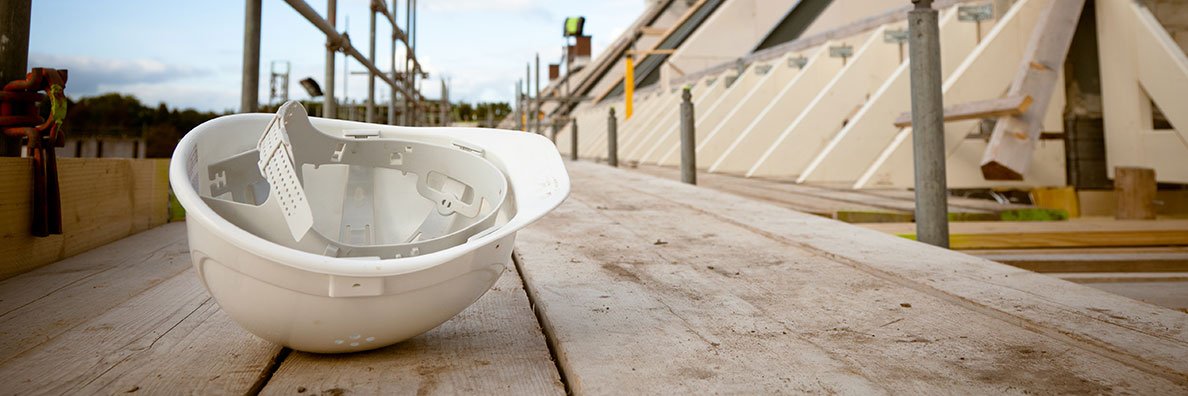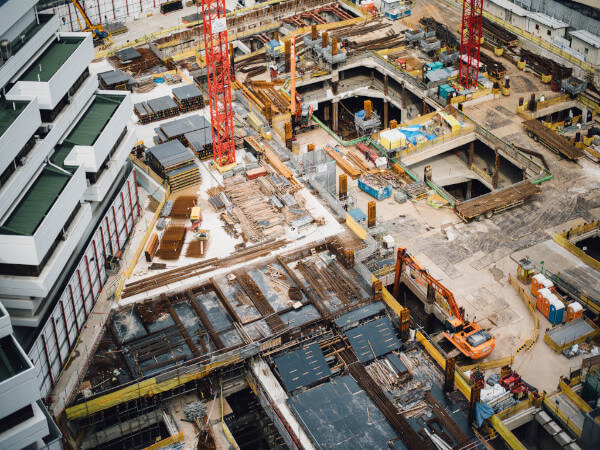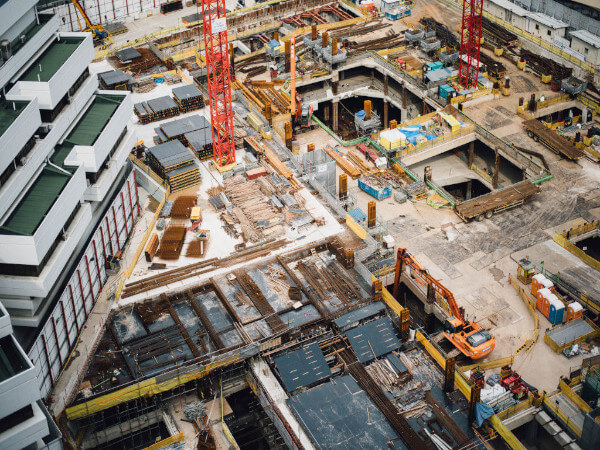
As we reflect on the last year, it’s worth a look back at some of Autodesk’s most notable blog posts from 2021. Doing so not only gives us a chance to reflect on the topics that made waves throughout the year, but also provides an indication of what’s in store for the next 12 months.
So, dig in—this roundup features an array of topics and articles. You’ll discover top industry stats, meet AEC’s most innovative leaders, learn about data and cost management tech, and discover innovations in sustainable construction.
Whether you’re new to the blog or a long-time follower of Digital Builder, you’re bound to find something read-worthy below.
Let’s dive in.
1. 100+ Construction Industry Statistics
Construction facts/stats can be incredibly helpful when you want to identify benchmarks, industry trends, and market opportunities. To help you surface interesting construction data, we’ve compiled a list of 100 statistics that give you a general overview of the state of the AEC industry, particularly in the areas of construction labor, operations, and technology. Needless to say, if you’re looking for a credible source of construction info, this post is one of the best places to start. Read article.
2. 40 Under 40: Champions of Construction 2021
In 2021, we released Autodesk’s annual 40 Under 40: Champions of Construction—a list of construction professionals doing remarkable things in their respective areas (and who happen to be under the age of 40). Sourced from hundreds of nominations from across the globe, this year’s list is comprised of a diverse group of individuals who demonstrated innovation, resilience, and creativity. If you’re looking to get inspired in your construction career and business, this list will certainly do the trick. View list.
3. New Report Reveals Data Strategy is a Key Advantage in Construction
It’s easy to agree that having a data strategy is important in the construction industry. But what exactly does a good data strategy look like? What does it mean? What does it take? To answer this, Autodesk and FMI published the report Harnessing the Data Advantage in Construction. This post does an excellent job summarizing the study’s key insights, and it offers advice on how to successfully launch a data strategy. Plus, the article comes with a nifty infographic featuring the report’s notable findings, making the info easy to understand. View report findings.
4. Reusing Our Way to a More Sustainable Future
Reusing things that would otherwise go to waste is proving to be a better alternative to traditional methods of sourcing building materials. Shannon Goodman, Executive Director of Lifecycle Building Center, lends her expert insights on the topic. Lifecycle Building Center is an organization that salvages building materials and directs them back to the community. In this post, Shannon shares some actionable steps on how construction firms can be more sustainable in their building practices. Learn more.
5. Essential Construction KPIs to Improve Profits and Productivity
The line “you can’t improve what you don’t measure” rings very true in the construction industry. Tracking the right KPIs is essential to ensuring that your projects are on track and that you’re meeting your objectives. This article serves as an excellent reference piece for the top KPIs you should be looking at. It lists the must-track metrics in areas like project safety, quality, performance, and employee management. You’ll also get tips on how to adopt, measure, and implement your KPIs successfully. Discover key metrics.
6. Construction Keynote: Autodesk Backs Customers as Solid Technology Partner [AU 2021]
Technology is now a staple both in the field and in the office. As more innovative tools carve their spot in the AEC industry, you need to ensure that you’re leveraging tech correctly. Jim Lynch, Senior Vice President & General Manager of Autodesk Construction Solutions led the Construction Keynote at Autodesk University 2021. This article breaks down the top takeaways. He highlights three ways that Autodesk can help you do just that. You’ll learn how Autodesk is connecting your data and how it streamlines much-needed collaboration. You’ll also learn the difference between a technology partner and a technology provider—and why one is favored over the other. Read key takeaways.
7. 6 Common Causes of Cost Overruns in Construction Projects
This post is actually from 2020, but continues to be a popular read in 2021 as cost control has become a unique challenge these last two years. Pandemic aside, this article’s relevance isn’t surprising considering cost overruns are all too common across construction projects globally. With just a third of projects coming within 10% of the budget, it’s no wonder so many AEC pros are seeking information on how to get costs under control. This post helps you do that by explaining the top 6 reasons that projects go over budget—and how to address them. Learn more.
8. Top 10 Construction Podcasts to Listen to Now
Podcasts have grown in popularity over the past year, and for good reason—they offer a convenient way for listeners to consume information. Whether you want to learn about current events or are looking to listen to interviews with thought leaders in your field, there’s likely a podcast that has what you need. If you’re looking for construction podcasts to check out, this article lists the top 10 construction-related podcasts you should listen to. From shows that tackle technology to podcasts that examine design and architecture, this post is packed with insightful and entertaining podcasts for anyone in AEC. Listen and learn.
9. Democratising Data and Improving Efficiency with a Single Source of Truth
Wessex Water is one of the leading water and sewage companies in England and Wales. In addition to providing their communities with excellent water services, the company also strives to manage the growing environmental, financial, and consumer demands facing the industry. To do that, Wessex Water is investing in construction technology and optimizing its workflows to improve project collaboration and outcomes. This post details the company’s journey and key learnings from its initiatives. Check it out and see if you can apply Wessex Water’s lessons in your own projects.
10. Our Mission to Connect the Office & Field: Autodesk Build
Managing project stakeholders, data, budgets, and several other moving parts is a challenge that many construction teams face. At Autodesk, we’ve found that the best way to stay on top of projects is to centrally manage its components from one platform. Autodesk Build, a solution we launched in 2021, enables you to do just that. Read this article to learn more about Autodesk Build and the specific ways that it helps you and your teams function more smoothly and deliver better outcomes.
Join us in The Big Room
We hope this roundup gives you plenty to think about and sheds light on insights you can use to plan for 2022 and beyond. If you’d like to discuss these findings, trends, and other topics, please join us in The Big Room, Autodesk’s community of construction professionals.
The Big Room gives you the opportunity to connect with like-minded folks to ask questions, discuss construction ideas, and more. See you there!
The post Our Top 10 Construction Blogs from 2021 appeared first on Digital Builder.
Did you miss our previous article…
https://www.clarkeconstructioncreations.com/?p=1724
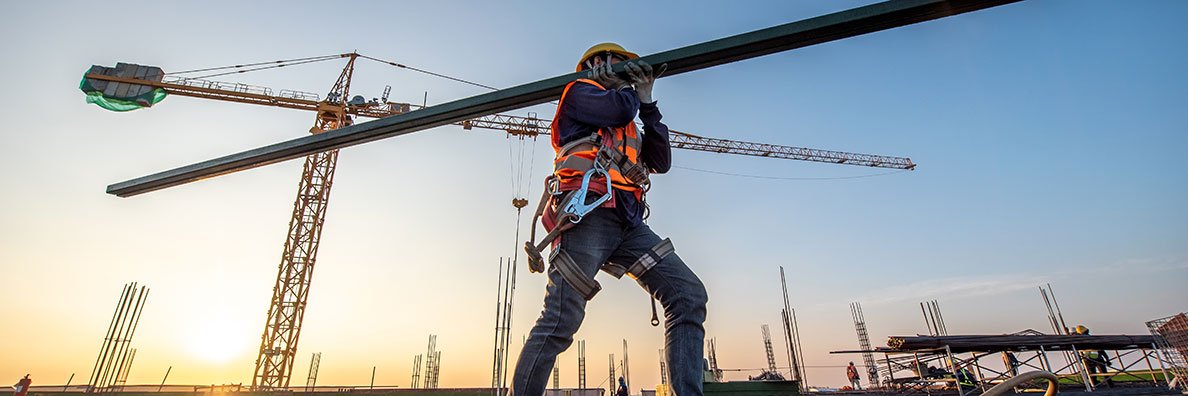
![]()






